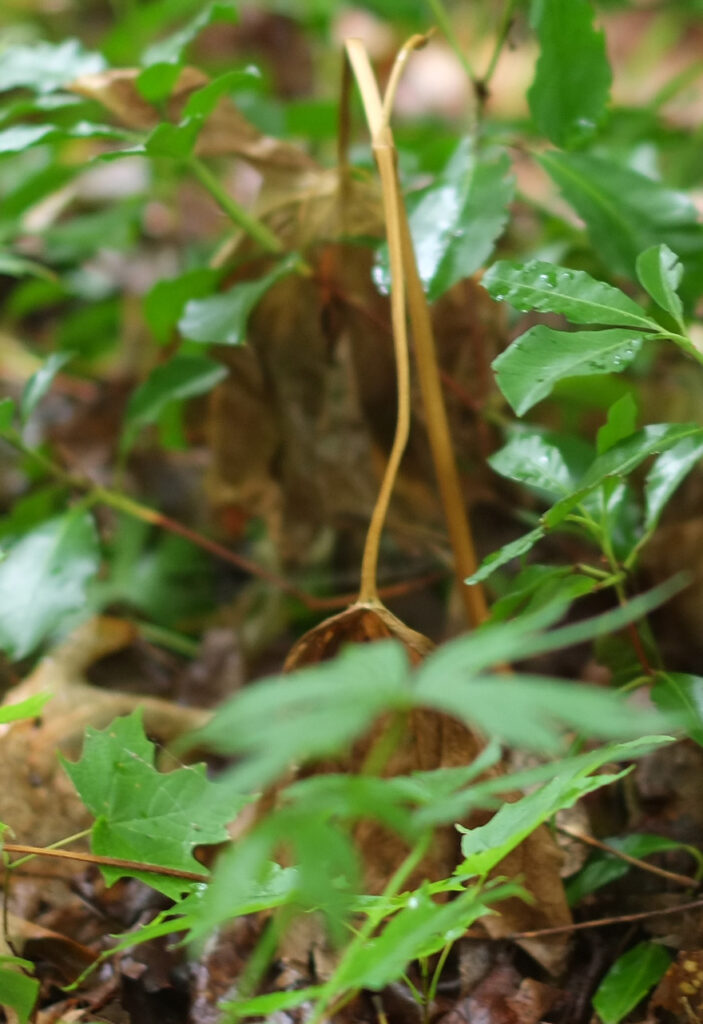Garden specialists who sell plants for food, know lots about food safety of their garden products (of their fruit, vegetables, seeds, and flowers). How safe the little bit of food grown in our vegetable garden is this year, is uncertain, though anything grown or that might have grown should be, or have been, ok if washed.
Compost used was from vegetable matter, and very weathered – many years old. Some bagged soil also was used, as not much compost was yet ready.
In my previous article I mention that about 6 seeds were from seeds coated in neonicotinoids, but all three pumpkin plants died as seedlings, and of the three squash plants, actually, maybe now there are two, but only one with enough light to have flowered – and the small quantity of neonicotinoid that went into the soil (derived from tobacco) would be safe for humans or it probably would not be sold (that said, for other smaller and vastly smaller creatures, it might not be pollen safe, nor food safe, nor environmentally safe). Eating food in large quantities grown with neonicotinoid coated seeds I have not read enough about to remark on.
Here is an article on Food Safety and Gardens.
https://blog.extension.uconn.edu/2015/03/25/gardens-gardens-everywhere/

One of our small plant areas (plant community areas) had a successful and sizable beautiful May apple grow, and the fruit must have been plucked mid August, as they are supposed to be, as in August it is said they ripen, become edible, and quite a few animals enjoy them (and apparently humans as well, though, learn and read a lot about this before doing so, speaking of safety – parts of this plant are toxic). I am much hoping that maybe the chipmunk or other creature which picked and ate ours will disperse its seeds nearby as Mayapples add beauty to the garden – and how wonderful to see a plant brought to the garden (from a plant sale), establish itself.
https://gobotany.nativeplanttrust.org/species/podophyllum/peltatum/

Interestingly, MayApple is in the Berberidaceae family (barberry family), which includes oregon grape, non-native Japanese barberry, and the native blue cohosh, according to Go Botany.
https://gobotany.nativeplanttrust.org/species/caulophyllum/thalictroides/
